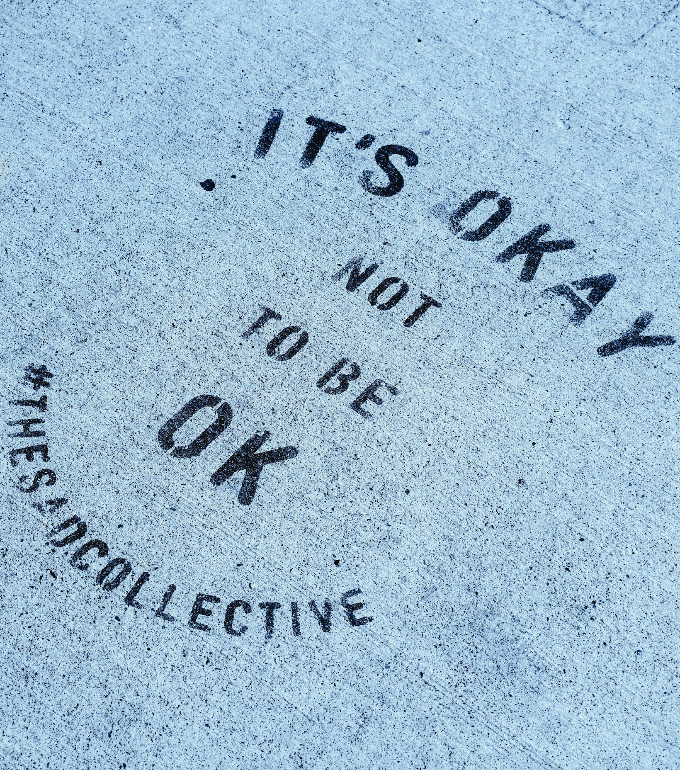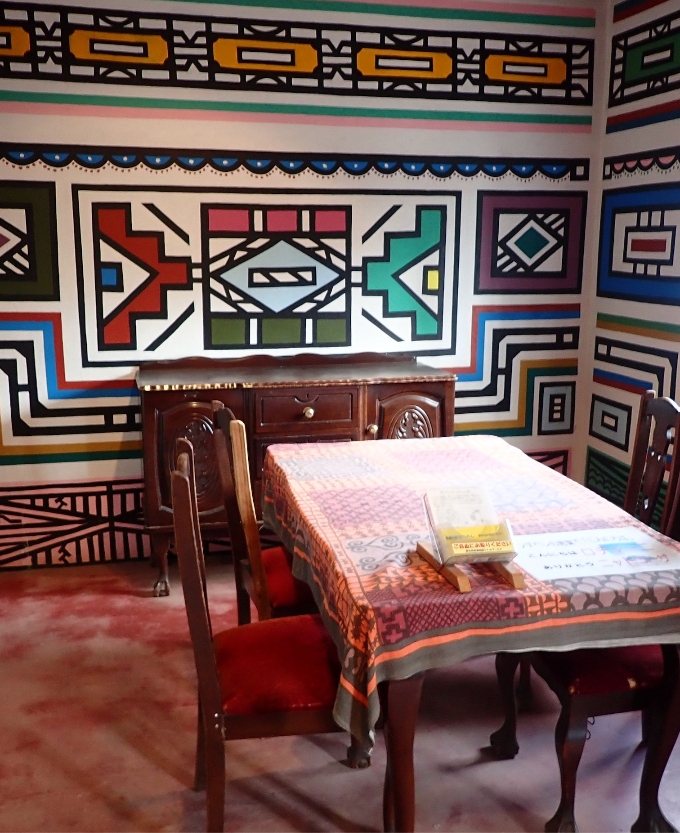August 8, 2025
Learning
If art is such a central tenet of our culture, why do so many of us feel like we just don’t get it?

"While you might believe that your life bears little relevance to that of 17th-century Dutch aristocrats, in portraying the beauty of everyday moments, Vermeer inspires you to look at your life anew," says Karen K. Ho, a writer for ARTNews. “...Art intersects with more things than people think.” Image: Girl with the Red Hat (c. 1665-1666) Johannes Vermeer
Despite art's pervasiveness, many people feel disconnected or unqualified to "get" art due to limited education or exposure. Courtney Tenz says this is a shame, because art can be a path to self-discovery and deeper connections with the world.
Engaging with art, she says, can provide catharsis by allowing viewers to see their own experiences, emotions, or struggles reflected in artworks. This can help people process complex feelings and realize they are not alone in their experiences. There is no single "correct" way to interpret art; she encourages us to interact with works, bring our own experiences, and allow our responses—whether wonder, discomfort, or self-reflection—to help form understanding.
The key is to build a personal relationship with it: visit museums and galleries, and be open to engagement. Notice how meaning emerges from the interplay between the artwork, the artist's intention, and your own personal experience
"It wasn’t until I landed in front of a Monet at Zurich’s Kunsthaus that I understood that deciphering the meaning of a work demands looking past its physicality. Looking at a painting of a Parisian pond with water lilies is only the first step to engaging with it. The strong response I had to the turn-of-the-century waterscape arose not because of its artistic qualities, but as a result of a memory it triggered — that of an art teacher who regularly insulted her students with the suggestion we would never understand the beauty of Monet."
“'I don’t need the viewer of my paintings to know exactly what I meant, but I would like to have a handshake,' Molly Ovenden, an artist, poet, and creative coach in Duluth, Minnesota, said in an interview. 'It’s more about an openness to a conversation ... or an invitation to an experience.'”
ARTICLE: How to Look at Art — and Really See It




